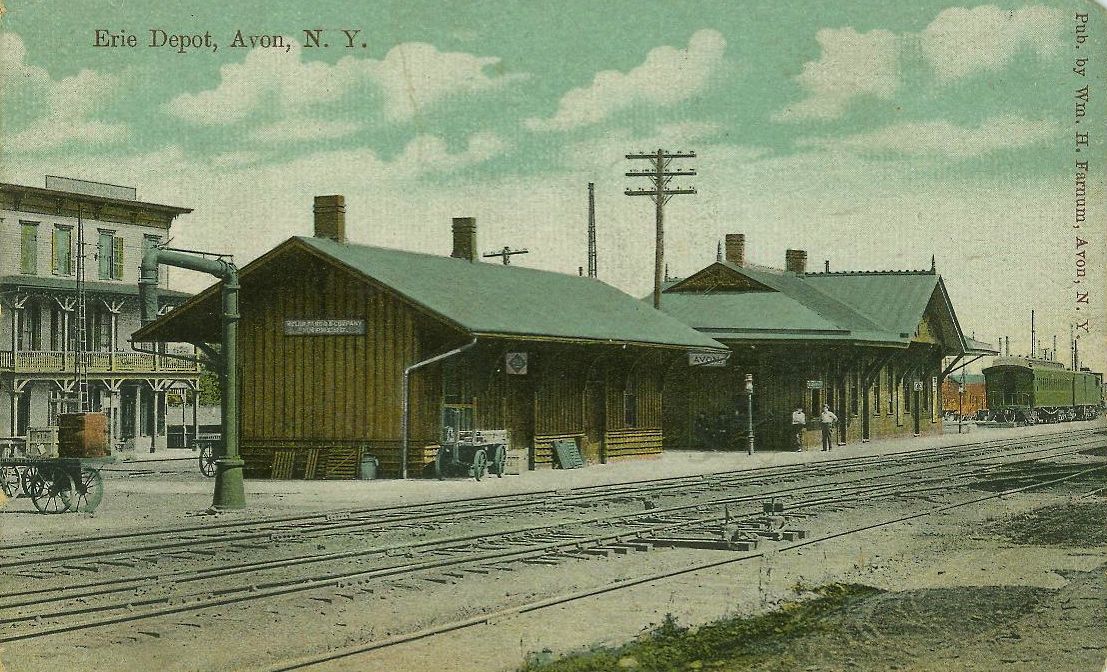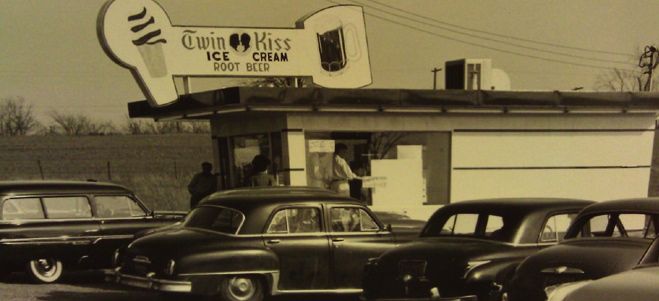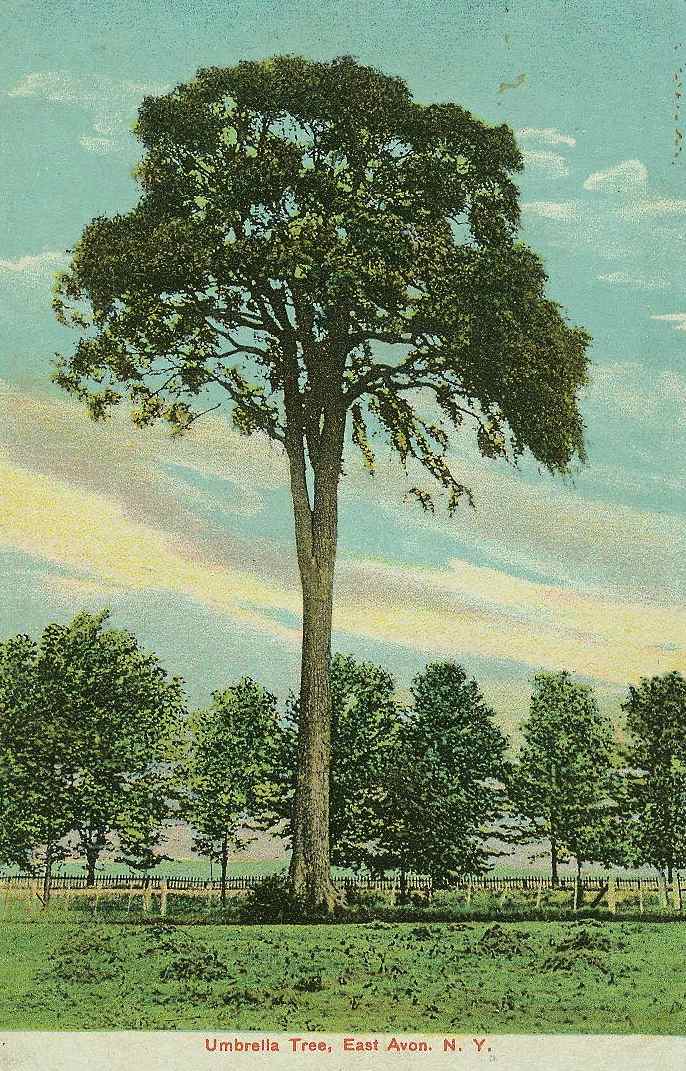
Avon Railroad: Trains have been a very important part of Avon’s history. Over the years they have provided jobs and transported goods and people to near and distant destinations. On July 21, 1853, passenger service between Avon and New York City opened with great fanfare. Trains going to and from Rochester and Corning traveled through Avon and hooked up with trains going to New York and Chicago.


Avon Opera Block: Built in 1876 at 23 Genesee Street, the third floor housed the stage on which many theatrical productions and community events were held. Minstrel shows, concerts, roller skating parties, dances and receptions were among the long list of events held for 60 years. When the local schools and churches built community spaces, the Opera Block became obsolete. The space remains nearly the same as it was in those early years; signatures of actors remain on the walls. The first and second floors were carefully restored in 2009. Once housing businesses of all kinds, they now house the Town of Avon offices and Avon Preservation and Historical Society Museum. It was listed on the National Register of Historic Places in 2006.

Barber Memorial Library: The first Avon library was established in 1805, and was housed in several different locations over the years. Aaron Barber III (1836 - 1925) established a fund for the building our Avon Free Library occupies today. A prominent Avon citizen, Barber served as the Bank of Avon president and four terms as town supervisor. He developed his father's farm north of Avon, on Barber Road, and raised nationally recognized short horn cattle. Upon his death, $45,000 from his estate were designated for the library to be built in his name, with an additional trust fund of $15,000. Completed in 1928 at 143 Genesee Street, the library remains unchanged to this day. The building was listed on the National Register of Historic Places in 2008.

The Jolly Farmer: In the 1920s, Emmett and Ella Jennings operated an inn and antique business from their home. The business consisted of two properties, the main home and the adjacent Pavilion and Tea Room. Although the residence had changed ownership and purpose several times over the years, the original building still stands today, currently functioning as a state operated group home.

The Avon Coppersmith: For 40 years, Arthur Cole practiced his copper crafting and metalworking at this property. He and his wife operated a giftshop, selling his wares to buyers from all over the country. In 1970, the Cole family sold the shop to the Parker family and the property became known as Joy’s Lamplight Gift Shoppe. Sadly, the building was destroyed by fire in 1998. In 2002, the vacant property was purchased and the Avon American Legion and Veterans of Foreign Wars built Veterans’ Hall to serve as their permanent post.

Tom Wahl’s: Established in 1955, Tom Wahl’s was originally called “The Twin Kiss” and exclusively served soft ice cream and root beer. Although the menu has greatly expanded over the years, this establishment has remained a focal point for many delighted customers.

